Editors’ Picks





Found in Robotics Companies & Businesses, with a score of 20.13
NVIDIA is the pioneer of GPU-accelerated computing. The company said its invention of the graphics processing unit (GPU) in 1999 redefined computer graphics and gaming, ignited the era of modern AI, and fueled the creation of the industrial metaverse. The GPU now acts as the “brains” of robots, autonomous machines, and self-driving vehicles that can perceive and understand the world around them. NVIDIA is now a full-stack computing company with data center-scale offerings that it said are reshaping industry. NVIDIA offers robotics-focused products and solutions from the cloud to edge—including the Isaac and Jetson platforms for edge AI, robots, computer…
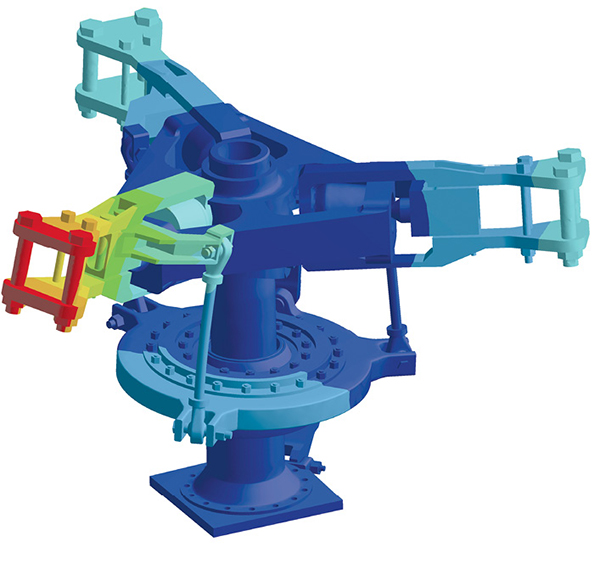
Found in Robotics News & Content, with a score of 9.71
…of their models—which requires a powerful graphics processing unit (GPU)—but also using simulation and analysis software upfront in the design process. There are new use cases for GPUs in product design, including running artificial intelligence (AI) routines for design exploration and creating machine learning algorithms that will become part of a product. The shift can be summarized as going from throwing graphics on the screen to calculating the design and engineering issues behind the objects. The relationship between product engineering technology and computer processors is not new. CAD and simulation software perform complex and changing mathematical tasks that must be…
Found in Robotics News & Content, with a score of 8.85
…engineers, scientists and researchers will be ready to apply GPU-accelerated deep learning techniques in MATLAB to common applications such as image classification, autonomous systems, voice recognition, and object detection. For dates and locations, visit the Deep Learning with MATLAB course schedule. MathWorks provides a comprehensive platform for building AI-driven systems that is based on decades of supporting complex engineering projects. GPU Coder generates optimized CUDA code from MATLAB code for deep learning, embedded vision, and autonomous systems, which allows developers to build solutions that run efficiently on NVIDIA GPUs. In addition, a MATLAB container from NVIDIA GPU Cloud (NGC), a…
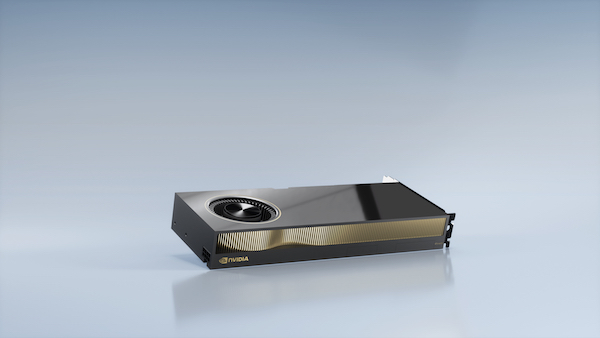
Found in Robotics News & Content, with a score of 8.07
…at the new NVIDIA RTX A6000 and NVIDIA A40 GPUs. The GPUs are built on the Ampere architecture and feature new RT Cores, Tensor Cores and CUDA cores that can accelerate graphics, rendering, compute and AI significantly faster than previous generations. “The ability to double or triple the resolution and vastly accelerate our real-time visualization of massive, complex building models in cityscapes with the NVIDIA RTX A6000 is super impressive,” said Paul Renner, visualization manager at Kohn Pedersen Fox Associates, one of the world’s largest architecture firms. “Creating the next generation of passenger cars requires design perfection and a relentless…
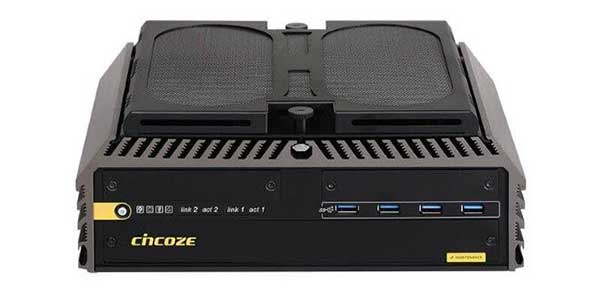
Found in Robotics News & Content, with a score of 7.20
…a rugged embedded computer, configurable with MXM form factor GPUs from NVIDIA and AMD. The system is designed for equipment manufacturers, system integrators, computer vision solution providers and end customers who need computing and graphics processing for machine vision, security, autonomous vehicles, medical imaging or edge AI applications. The global market for machine vision is expected to reach $31.1 billion by 2024, with a CAGR of 9.7%, according to BCC Research. Machine vision is used in industrial and manufacturing applications ranging from object positioning, inspection, measurement, identification and sorting. The GM-1000 uses a combination of CPU and GPU computing for…
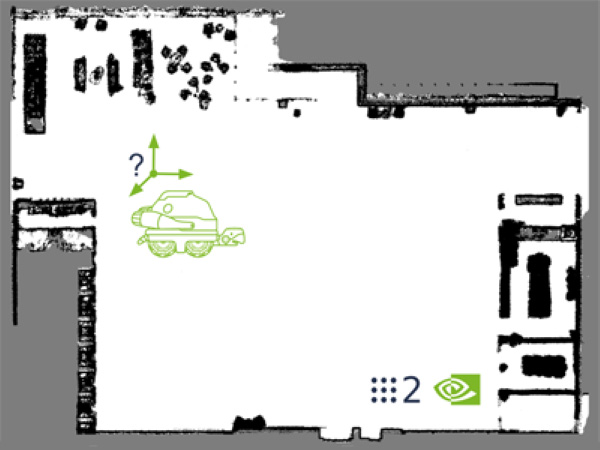
Found in Robotics News & Content, with a score of 5.60
Before a robot can navigate, it needs to know where it is. The NVIDIA Isaac™ ROS Map Localization package provides a GPU-accelerated node to find the position of the robot relative to a lidar occupancy map. In this webinar, we’ll present how this package works, and how to use it for initial localization of your robot.
Found in Robotics News & Content, with a score of 5.39
…supercomputers, offering up to 800 NVIDIA V100 Tensor Core GPUs interconnected on a single Mellanox InfiniBand backend network, NVIDIA reports. It enables customers for the first time to rent an entire AI supercomputer on demand from their desk, and match the capabilities of large-scale, on-premises supercomputers that can take months to deploy. “Until now, access to supercomputers for AI and high-performance computing has been reserved for the world’s largest businesses and organizations,” says Ian Buck, vice president and general manager of Accelerated Computing at NVIDIA. “Microsoft Azure’s new offering democratizes AI, giving wide access to an essential tool needed to…
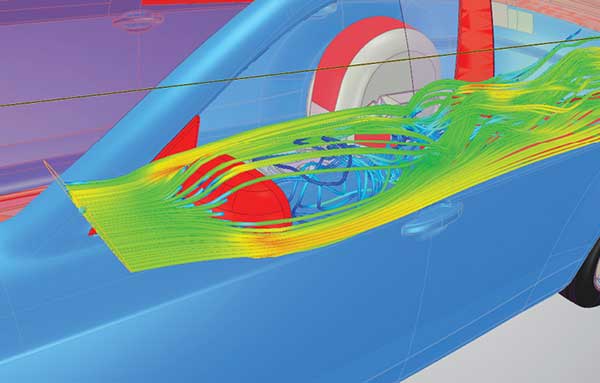
Found in Robotics News & Content, with a score of 4.87
…exponential growth in the power of graphics processing units (GPUs), which gained additional processing power at a much higher rate than CPUs. The uneven rise in processing power keeps changing processes and workflows, from initial design to final manufacturing. Not only can mainstream CAD applications such as AutoCAD and SolidWorks take advantage of real-time rendering, but new uses for CAD and simulation data are popping up, including virtual reality (VR) review sessions. These changes are fundamentally rewriting business plans as well as engineering workflows. For example, software vendor Luxion has specialized in rendering technology for product design since 2003. Its…
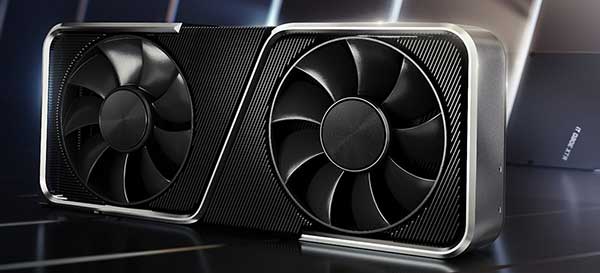
Found in Robotics News & Content, with a score of 4.71
…DLSS Powered by dedicated AI processors on GeForce RTX GPUs called Tensor Cores, NVIDIA DLSS boosts frame rates while generating crisp game images and gives gamers the performance headroom to maximize ray-tracing settings and increase output resolutions. DLSS is available in more than 25 games, with more added every month. Advanced GeForce Experience features All NVIDIA GeForce GPUs benefit from GeForce Experience, a tool used to optimize game settings, record and upload gameplay, stream gameplay, take screenshots and download and install Game Ready Drivers. The latest features include: One-click automatic GPU Tuning: GeForce Experience now supports GPU Tuning, which can…
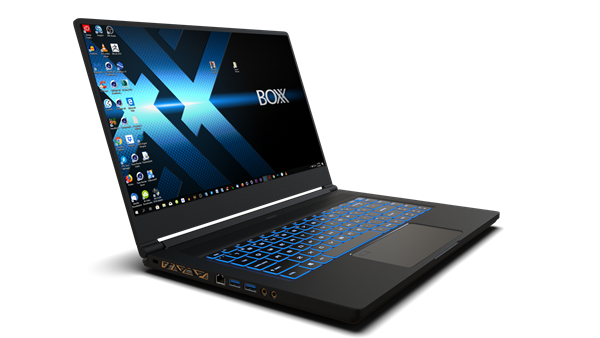
Found in Robotics News & Content, with a score of 4.19
…era of product design and engineering is merging with GPU technology in a way that will benefit you more than ever before. At the forefront, you’ll discover BOXX NVIDIA-powered solutions purpose-built for your specific workflow. By attending this webinar, you’ll learn: How simulation software is in the midst of a dramatic transformation to real-time Why product design and engineering workflows are now more streamlined, driven by advancements in VR, raytracing, and generative design How state-of-the-art solutions from BOXX, powered by NVIDIA GPUs, accelerate workflows and drive product development productivity. To register, click here. Sponsored by: Speakers: Tim Lawrence Founder BOXX…
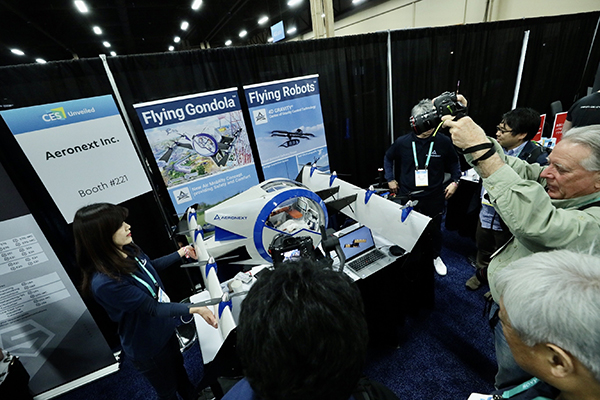
Found in Robotics News & Content, with a score of 4.09
…a human driver, whose movements dictate the robot's action. GPU maker NVIDIA plays a role in the development of T-HR3. Its Isaac software development kit for AI-driven robotics—a technology for training and simulating robots—is part of the project. AMD with mobile processors Another GPU maker, AMD, promoted its processors, targeting mobile computers. The company unveiled what it calls “the world’s first 7nm high-performance CPUs and GPUs.” The product line includes the Ryzen 4000 mobile processors with Zen 2 architecture. The U series is meant for ultra-thin laptops; the H series targets gamers and consumers; and the Pro series is for…
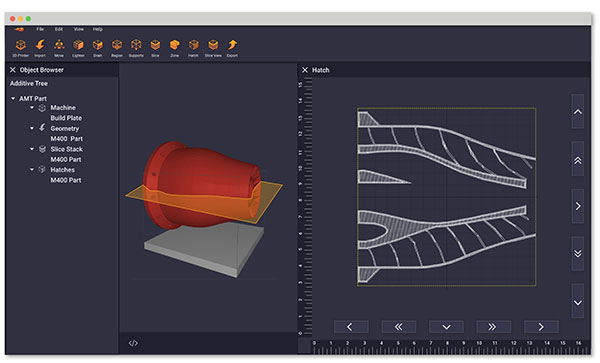
Found in Robotics News & Content, with a score of 4.00
…workstations and the visualization muscle of graphics processing units (GPUs). They make it possible to efficiently incorporate topology optimization and generative design, as well as simulation of part placement and layer-by-layer printing into a DfAM workflow. Additive Manufacturing with GPUs One new company looking to speed product development with graphics processing units (GPUs) is Dyndrite, a Seattle startup that says its “hybrid” technology kernel is capable of representing all current geometry types, including higher order geometries such as splines (NURBs), surface tessellations, volumetric data, tetrahedra and voxels. Additionally, the company says users can seamlessly move between geometric representations without destroying…



